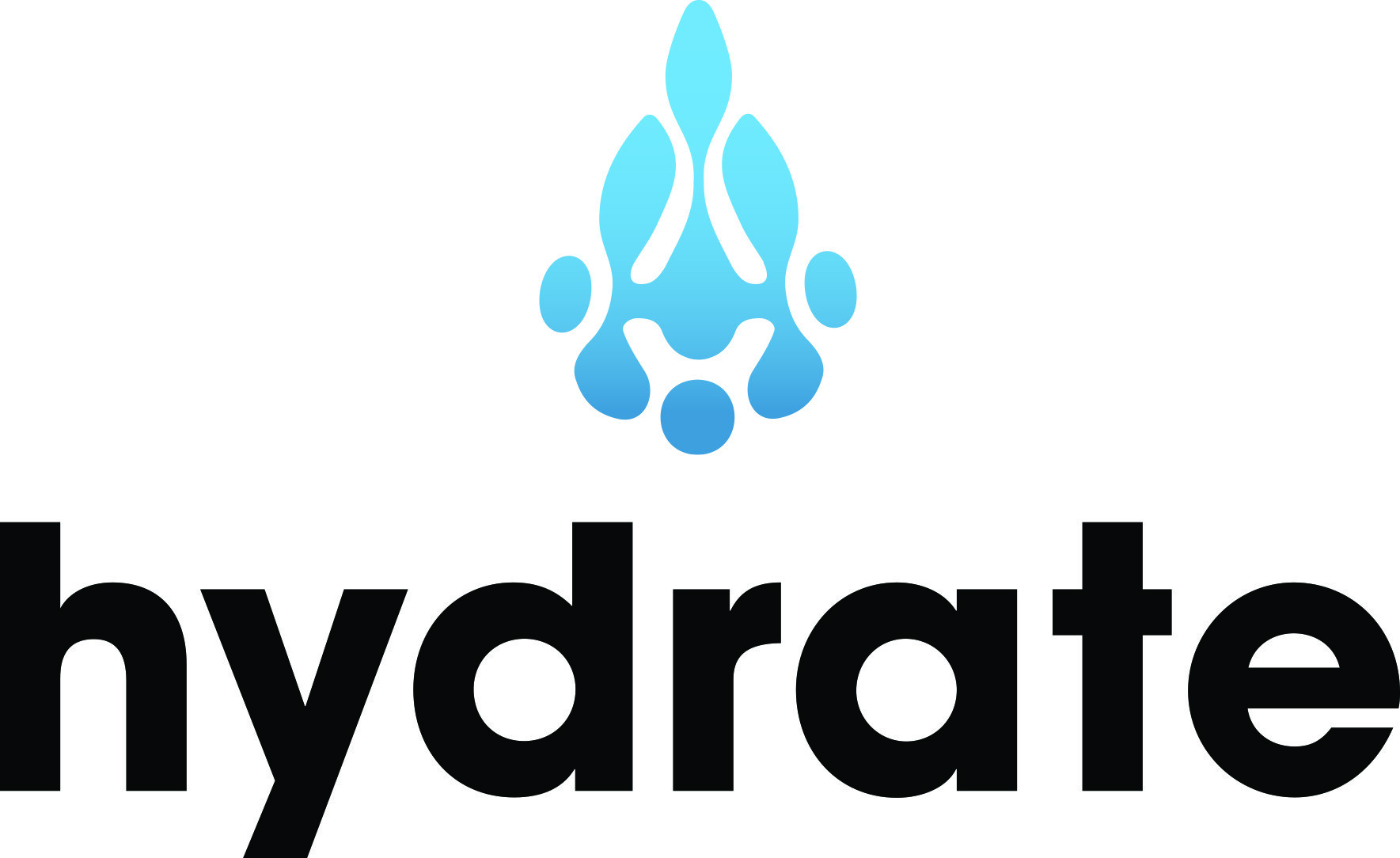Social media engagement is essentially online customer service. It shouldn’t be thought of as a single interaction, but as a long-term relationship. If you think of engagement as a simple series of actions (reply to this comment, like this tagged post, respond to this direct message) you’ll miss the reasoning behind why this is so important. These interactions should all be done with the intent of attracting prospects, engaging customers, and delighting fans enough to keep them coming back.
So, make it a company best practice to respond to any customer engagement on your social media profiles, and do so quickly. Social media is people’s top choice for customer care and their most preferred channel for engaging with brands, according to a study done by Sprout Social. Shockingly, this study also shows that 89% of social messages go ignored, even though users expect an answer from brands on social within four hours, and that’s honestly being generous. Another study, called The Social Habit claims that 42% of consumers actually expect replies to their social comments within 60 minutes.
Research from Twitter found that 81% of consumers won’t recommend a company to a friend if they don’t get a reply from them on social media. That’s why our golden rule is always reply, no matter the platform or the tone of the user. You must be proactive and responsive to all types of engagement: the good, the bad, and the ugly.
The Good
This is the type of social media engagement we like to see: delighted comments, positive reviews on pages, customers tagging you or your products in photos. You’ll actually want to respond to these so coming up with what to say will be easy enough. However, it’s important to establish a companywide, professional brand voice that’s always used online.
Because social media engagement is essentially an extension of customer service, respond in a friendly and helpful way. Addressing people by their names in responses adds a personable touch. If someone asks a question, answer it clearly and precisely. If it will take time to find the answer to a question, still acknowledge the asker quickly by letting them know that you’re working on it. It’s most important to make people feel heard, then you can worry about providing them with the correct answer. If necessary, you can direct them to further customer service, such as a link or telephone number. Answering questions on social media has actually been shown to increase brand loyalty and increase the chance of a future purchase. Plus, if someone asks a question in a comment that is viewable by the public and you leave it unanswered, it makes your brand look bad to more than just that one person.
Overall, the comment section is a great place to build rapport with prospects and returning customers. When dealing with “good engagement,” feel free to have fun! Believe it or not, you can remain professional while using emojis and GIFs.
The Bad
Negative reviews, social posts, comments on social ads, and direct messages should all be addressed. According to HouseCall Pro, 89% of consumers read businesses’ replies to reviews and 86% of consumers report reading up to 10 reviews before trusting local businesses. If a comment is pointing out something “bad” about your company, but is doing so in a logical way, you still have to address it. Think of these kinds of comments as constructive criticism. Thank the commenter for bringing problems to your attention, and then find the solutions for them!
Again, if a comment is public, the issue is bigger than just ignoring or appeasing one person. Anyone coming to your page is going to want to know that you have it handled. This is a great way to show people that they can count on your brand. If a comment is particularly nasty or personal, respond and ask the user if they mind continuing the conversation via private messaging. This will help tackle that issue of the whole world watching, especially if things aren’t going in your favor.
Whatever you do, don’t fight fire with fire and avoid a comment war at all cost. Don’t take offense, watch your tone, and be very careful not to belittle the customer. Prove to them that you’re taking their issues seriously.
The Ugly
Last but not least, sometimes you will get engagement that isn’t logical at all. These kinds of comments are usually negative as well. Unfortunately, Internet trolls will visit brand pages and leave comments specifically in an attempt to start fights or upset others. These types of comments can be inflammatory, inappropriate, and even off-topic. If it seems to you like there is no way to respond to someone in a helpful and productive manner, it’s best to hide/delete a comment or block/report the commenter.
Social media is meant to be a two-way channel of communication. Taking that into consideration, it’s actually shocking how many companies are still not on top of their interaction strategies. That’s great news for those of us that are, though, because it means that being good at engagement will make you stand out from the crowd in the best possible way.








